 Don’t let your corporate wellness program be the last thing you consider for next year. If you leave it on the back burner, your big ideas could be unsuccessful if not thoroughly planned. Start now, pull your team together, get out for a walking meeting and start forward thinking.
Don’t let your corporate wellness program be the last thing you consider for next year. If you leave it on the back burner, your big ideas could be unsuccessful if not thoroughly planned. Start now, pull your team together, get out for a walking meeting and start forward thinking.
Evaluate the past year – think about the past 12 months, where are the natural ebbs and flows in participation in comparison to the work load of your employees? Most individuals gear up with big expectations for a healthier lifestyle in January, so make note because you have their attention! You may find that summer months slow down, people are vacationing, have family activities, or other barriers to participation. Knowing and having an awareness of the increases and decreases throughout the year will help you pin point where you should focus, or try something new to spike engagement and increase participation.
What worked best – knowing your audience is key; how well do you know your employees and what motivates them to participate in wellness based offerings? Our corporate fitness staff build programs based on the needs and key motivators for their members. If you have a workforce that thrives on competition, create a program for departments to come together and encourage each other. Maybe your industry can be stressful at certain points in the year; offer stretch breaks, meditation moments, or activity centers that give employees a place to step away from their desk and re-energize. Not everything about your program needs to be fitness based, evolve your program!
Map it out – grab a calendar and start planning. When you looked back on the past year, what were those key points in the year for participation? Mark your calendar. By forward thinking and planning for the year you know what is up and coming and can use that to your advantage. As one program is wrapping up its final week or days, you can start promoting the next program while you still have a captive audience. In those down months where participation was low, use those best practices where you’ve seen great success and modify it into a new program idea. Use what works for your employees to keep them engaged throughout the year.
Plan to evaluate – if you don’t already, evaluate your programs. When planning a specific program, what is it you want to achieve? Set SMART goals and assess how you are going to get your employees to be successful. By knowing what you are trying to measure, or have employees achieve throughout the program will give you specific data points to collect to measure your success. Consider working to increase visits to your onsite fitness center, or have employees be more cautious of their blood pressure and taking steps to maintain healthy numbers. By making the goals SMART, you will have a measurable goal to strive for.
A successful program doesn’t always meet every goal set. Always consider what did or didn’t work and how you can improve next time. Make notes to refer to when planning your next big program. Keep in mind when employees feel supported by their management team to participate, they are more likely to succeed. Have your key leaders behind your overall initiative and allow them to encourage employees to live and be healthier.
Click below to get our 5 Tips for Maximizing Employee Engagement.


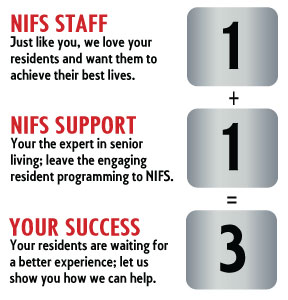
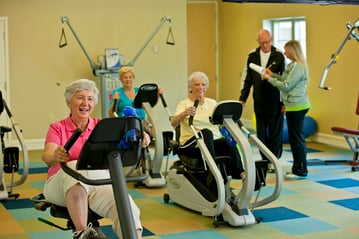 You need your fitness center to be a hallmark, a standout for the community. For your current residents, it should be one of the most praised offerings both because the staff are well-loved and because they are effective at keeping residents engaged with new, consistent, well-done offerings. The fitness program should also be on the list of reasons prospective residents choose your community. But if the group fitness calendar and the personal training services look the same as all the competition, and if you don't have the necessary data to tell key stories about how resident's lives have been improved by participating, then you're missing out on an opportunity.
You need your fitness center to be a hallmark, a standout for the community. For your current residents, it should be one of the most praised offerings both because the staff are well-loved and because they are effective at keeping residents engaged with new, consistent, well-done offerings. The fitness program should also be on the list of reasons prospective residents choose your community. But if the group fitness calendar and the personal training services look the same as all the competition, and if you don't have the necessary data to tell key stories about how resident's lives have been improved by participating, then you're missing out on an opportunity.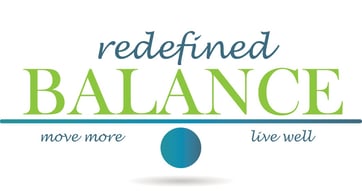

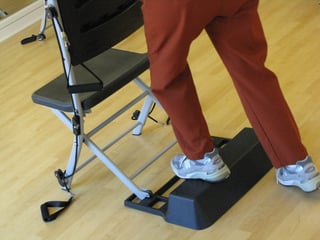 Fall prevention. It's a big deal in senior living. When a resident falls, the
Fall prevention. It's a big deal in senior living. When a resident falls, the 
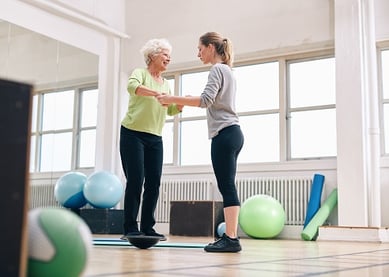 When we first started talking about
When we first started talking about 
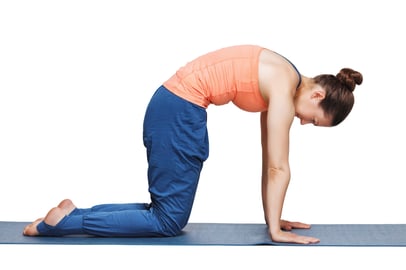 After a workout, it’s important to
After a workout, it’s important to 